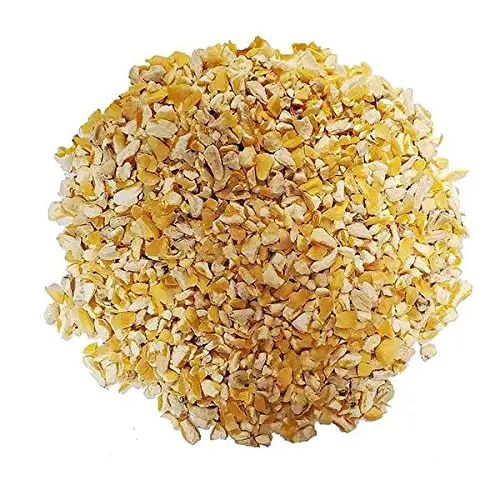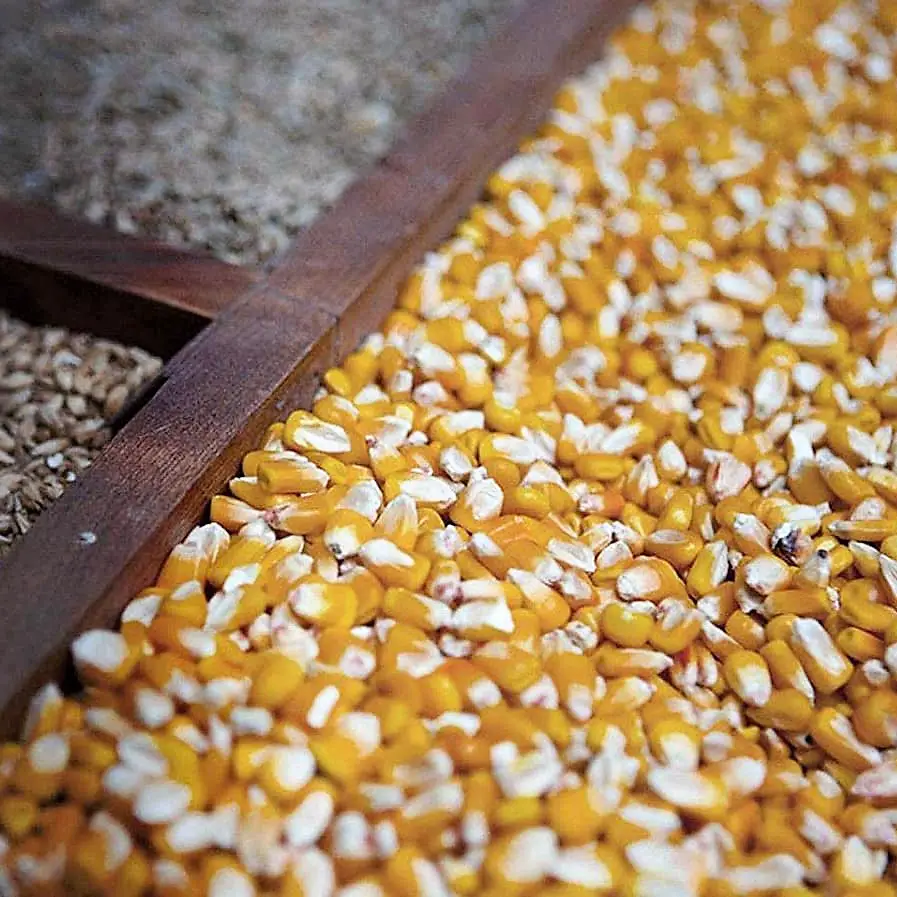Malting corn is the process of converting whole kernel corn into malt. This process is done by soaking the corn in water for a while, then draining and germinating it. After the corn has germinated, it is then dried and kilned.
Corn malt can be used in a variety of ways, such as in brewing and distilling. It imparts a sweet flavor to food and can be used as a thickening agent. Corn malt is also a source of enzymes, which are used in the production of beer, wine, and other alcoholic beverages.
Introduction: Why Malt Your Own Corn?
Malting grains develop the enzymes that are required to modify the grain’s starches into sugars including monosaccharides such as glucose or fructose, and disaccharides such as sucrose or maltose.
It also develops other enzymes, such as proteases, which break down the proteins in the grain into forms which can be utilized by yeast.
There are many reasons for malting corn for yourself, but the two most common are flavor and cost. By malting your own corn, you can produce a malt that has a much fresher, more intense flavor than commercial malt.
This is because commercial malt is often kilned, which can cause the malt to lose some of its flavors. In addition, malt that is sold commercially is often much more expensive than malt that is produced on your own.
Malt extract is a key ingredient in distilling spirits, and many commercial distilleries use pre-malted grains to save time and money. However, malt extract can be expensive, and it can be difficult to find the right type of malt extract for your moonshine or whiskey.
Malt extract is made by sprouting grains, drying them, and then crushing them into a powder. The malt extract is then boiled to remove any unwanted bacteria or enzymes.
If you’re interested in trying your hand at malting corn for moonshine or whiskey, there are a few things you’ll need to get started. In this article, we will walk you through the steps required to do it right, and the ingredients that you’ll need, too.
Our Recommendations for Malting Corn:
The Gear You’ll Need for Malting Corn
Malting is the process of germinating and then drying grains to create malt, which can be used in brewing and distilling. Malting is a key part of the process, as it helps to extract sugars from the grain, which can then be used to produce alcohol.
If you’re interested in malting corn at home, there are a few things you’ll need. First, you’ll need a source of fresh, clean corn. You’ll also need a way to germinate the corn, which can be done either by soaking it in water or by using a germination chamber. Once the corn has germinated, you’ll need to dry it out using a food dehydrator or an oven set to a low temperature.
Also, you’ll need to invest in some quality gear. Here’s a quick rundown of the basic equipment you’ll need to get started:
-
- A grain mill: This will be used to crush the kernels of corn and prepare them for germination.
-
- A pH meter: You’ll need this to monitor the acidity of the water used for soaking the corn.
-
- A fermenter: This is where the magic happens – the corn will germinate and malt in the fermenter.
-
- A cooker: You’ll need this to boil the corn and stop the germination process.
With this basic equipment, you’ll be well on your way to malt corn like a pro!

Malting Corn for Mash – The Process
First, the corn is soaked in water for some time. This helps to start the germination process, which is necessary for the next step.
Next, the corn is dried and then put into a kiln. The temperature and amount of time the corn spends in the kiln will determine the final flavor of the malt.
Once the corn is kilned, it is milled into a fine powder and then used to brew beer. The malt is what provides the flavor (and color).
So, if you’re looking to add a unique flavor to your home project, consider using malt from corn. It’s a simple process that can yield fantastic results!
Mashing and Fermentation of Corn Malt
Mashing is the process of converting the starches in the malt into sugars. This is done by soaking the malt in hot water, which breaks down the enzymes and causes the starch to convert into sugar. The mash is then boiled to kill the enzymes and stop the conversion process.
After mashing, the malt is ready to be fermented. This is done by adding yeast to the mash, which “eats” the sugars and produces alcohol. The fermentation process can take anywhere from a few days to a few weeks, depending on the type of yeast used and the desired level of alcohol.
Once fermentation is complete, the corn malt can be used to make a variety of different products, including beer, whiskey, and even some vodkas.
Want to have your own still but don’t know where to start?
Check out our guide for distilling at home!
The Best Way to Malt Corn for Moonshine or Whiskey (FAQs)
Use white corn, as yellow corn contains too much oil.
20 pounds of whole corn soaked in hot tap water for 24 hours, drained and soaked in hot tap water again for 18 hours.
Drained and spread it out on a table 1 1/2 inches thick. Covered with wet towels. I remove towels and stir it up by hand every 8 hours or so. Keep the towels wet with a spray bottle in order to keep the corn moist. (Commercial distilleries have special malting floors for this.)
The malting corn will eventually start to germinate. This will take up to 5 days, depending on the room temperature.
Dry the sprouted corn by placing a big box fan on the table and blowing air over the top of kernels, stirring a couple times a day.
Once dry, the germination process has stopped and the sprouted corn can be kept for a few months.
How Much Corn Does It Take To Make A Gallon Of Moonshine?
It takes a 5 gallon run of corn mash to yield about 1-2 gallons of moonshine or whiskey. Results may vary.
- Vevor Still Instructions - June 12, 2023
- Best Proofing Parrots For Home Distilling - February 1, 2023
- What Is A Porter Beer? - June 12, 2022


